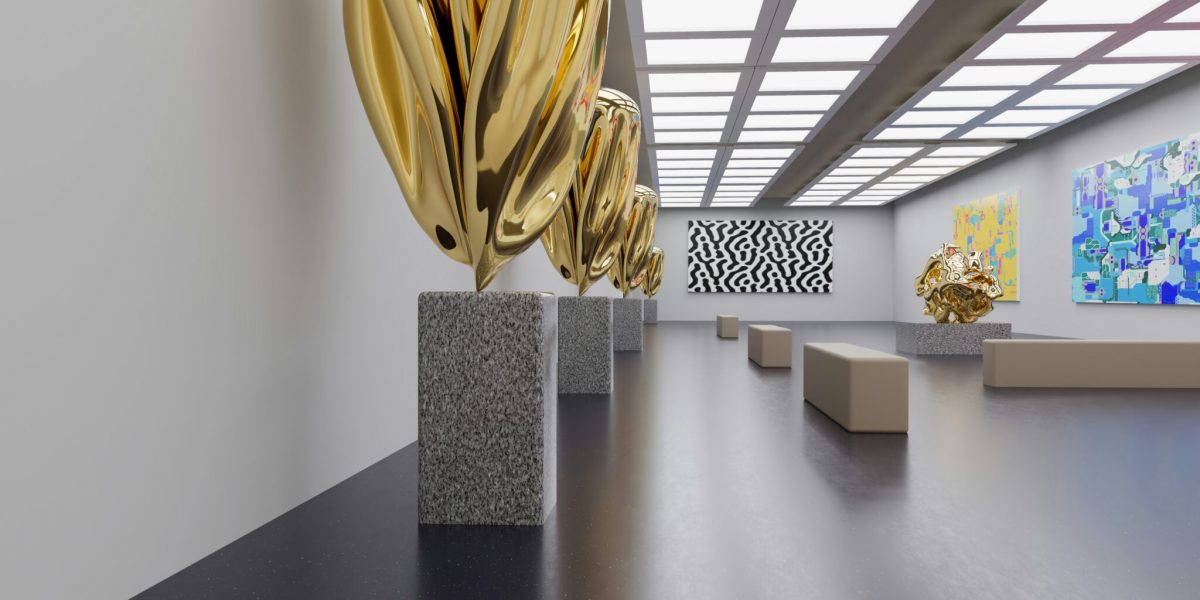Bringing Stories to Life
Art is no longer confined to galleries and museums. Immersive art experiences have transformed the way people engage with creativity, blurring the lines between the observer and the artwork itself. These installations allow individuals to step inside a painting, interact with a sculpture, or become part of a digital masterpiece. As technology and artistic vision merge, storytelling takes on a new dimension, creating unforgettable encounters that stimulate the senses and challenge perceptions.
Read Also: What Is Bakuchiol Cream and How Does It Work?
How Do Immersive Art Experiences Redefine Storytelling?
Unlike traditional exhibitions that rely on passive viewing, immersive art invites participation. With carefully designed spaces, dynamic projections, and interactive elements, these installations unfold narratives that evolve based on audience engagement. Viewers are no longer spectators—they become essential to the experience.
The use of augmented reality (AR) and virtual reality (VR) amplifies this transformation. Visitors can walk through historical moments, explore fantastical worlds, or engage in a sensory dialogue with the artwork. Each movement influences the visual or auditory response, making every visit unique. These interactive elements create a connection between art and audience, where emotions and reactions shape the unfolding story.
Can Technology Deepen Emotional Engagement in Art?
Advancements in technology have heightened the emotional impact of art. Digital projections, AI-generated compositions, and responsive soundscapes evoke powerful feelings, transporting visitors beyond physical space into a world shaped by light, sound, and movement.
Artists use motion sensors and touch-responsive surfaces to trigger changes within the artwork, making each interaction personal. Projection mapping transforms static walls into animated canvases, enveloping audiences in a constantly shifting landscape. Whether recreating historical events or designing futuristic environments, immersive art taps into human emotions, fostering deeper engagement than traditional exhibits.
What Makes These Experiences So Captivating?
A sense of discovery plays a major role in the appeal of immersive art. Unlike static displays, these installations encourage movement, curiosity, and personal interpretation. The absence of a fixed perspective means that every participant sees the artwork differently, shaped by their own choices and interactions.
Multi-sensory elements further enrich the experience. Some exhibitions incorporate scent, temperature changes, and haptic feedback, deepening the illusion of stepping into another world. This full-body engagement leaves a lasting impression, as the artwork is not only seen but felt on multiple levels.
Where Is Immersive Art Heading?
The evolution of immersive art is still unfolding. Future installations will likely blend AI-driven elements, allowing pieces to adapt in real time based on audience responses. Biometric technology could personalize experiences further, adjusting visuals, sounds, or interactions based on heart rate or facial expressions.
Read Also: Staying Healthy While Working From Home
Public spaces are also embracing this art form, turning streets, parks, and even abandoned buildings into interactive masterpieces. The accessibility of immersive experiences continues to grow, making art more inclusive and breaking traditional barriers between creator and observer.
Published by Drake M.





